The Ottoman army’s bombards played a key role in its successful conquest of Constantinople during the epic siege of 1453. In the 15th century the great powers of medieval Europe paid talented gunsmiths to build massive bombards to batter walls and shorten the length of sieges. The introduction of bombards meant that artillery replaced mining as the surest way to breach a stronghold.
Bombards were massive guns, the largest of which weighed 20 tons or more. Smaller guns were referred to during the period as cannons. Bombards were transported on massive carts to the siege site where engineers transferred them by crane onto a wooden platform or frame. Wheeled carriages could not withstand the devastating recoil of these behemoths.
Upon the death of his father Sultan Murad II in 1451, Sultan Mehmet II began making preparations to capture Constantinople, the last and mightiest bastion of the Byzantine Empire. He hired a Hungarian named Urban to oversee the production of bombards and cannons for his campaign against Byzantine Emperor Constantine XI’s army at Constantinople.
The largest bombard made for the siege was a 27-foot-long bronze gun that fired a 1,500-pound stone ball. Urban oversaw the manufacture of 70 bombards and cannons specifically for the siege. The walls of Constantinople had withstood 20 earlier sieges, but the bombards Mehmet commissioned would give the Ottomans a major advantage.
For a 15th-century artillery piece to be effective, it had to use gunpowder made from purified saltpeter. The purified saltpeter was mixed with sulfur and charcoal to create gunpowder. The ingredients in the gunpowder used for bombards tended to separate during the bumpy ride to the battlefield, so the crews transported the ingredients separately and mixed them on site.
The smoothbore, muzzle-loading bombards had ranges of upward of 1,000 yards. However, to avoid barrel explosions crews used smaller powder charges. This meant firing from a range of 200-250 yards. Wooden barriers protected the crews from enemy archers, crossbowmen, and hand gunners.
The bombard crews set wooden blocks or beams behind the behemoths in an effort to contain the recoil. The recoil was tremendous; it routinely smashed the beams behind it. After each firing, the crew repaired damage to the beams and the firing platform. This fire-and-fix process meant that the largest bombards might fire as little as five times a day.
The bombards of the mid-15th century were either cast of bronze or forged of iron strips. Although it was far less expensive to make a bombard of iron, such a gun ran a far higher risk of exploding. The cast bronze bombards had walls of uniform thickness, whereas the forged cannons had numerous welded joints that were suspect.
Stone balls for bombards were made of limestone. Making the balls was a time-consuming process by which the ball was smoothed and rounded by hand. However, smaller caliber guns in the mid-15th century did use iron balls. It was not until the close of the century that manufacturers were able to perfect the production of cast iron balls. Cast iron balls were denser than stone balls and caused greater destruction.
Sultan Mehmet’s bombards gave him a decisive advantage in the 1453 siege of Constantinople. Yet the Ottoman victory owed as much to the tenacity of the crack Turkish soldiers as to the bombards.
—William E. Welsh
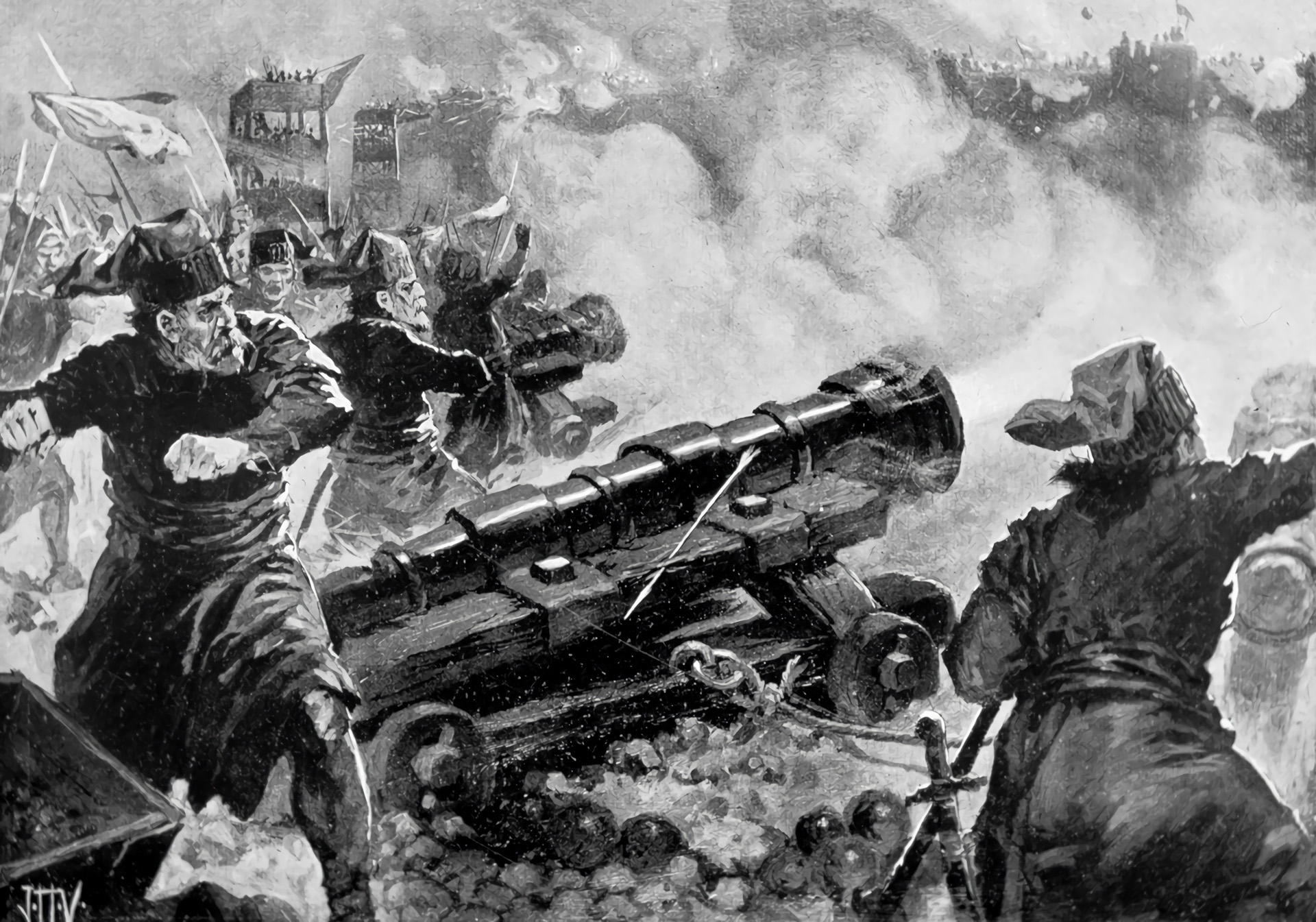

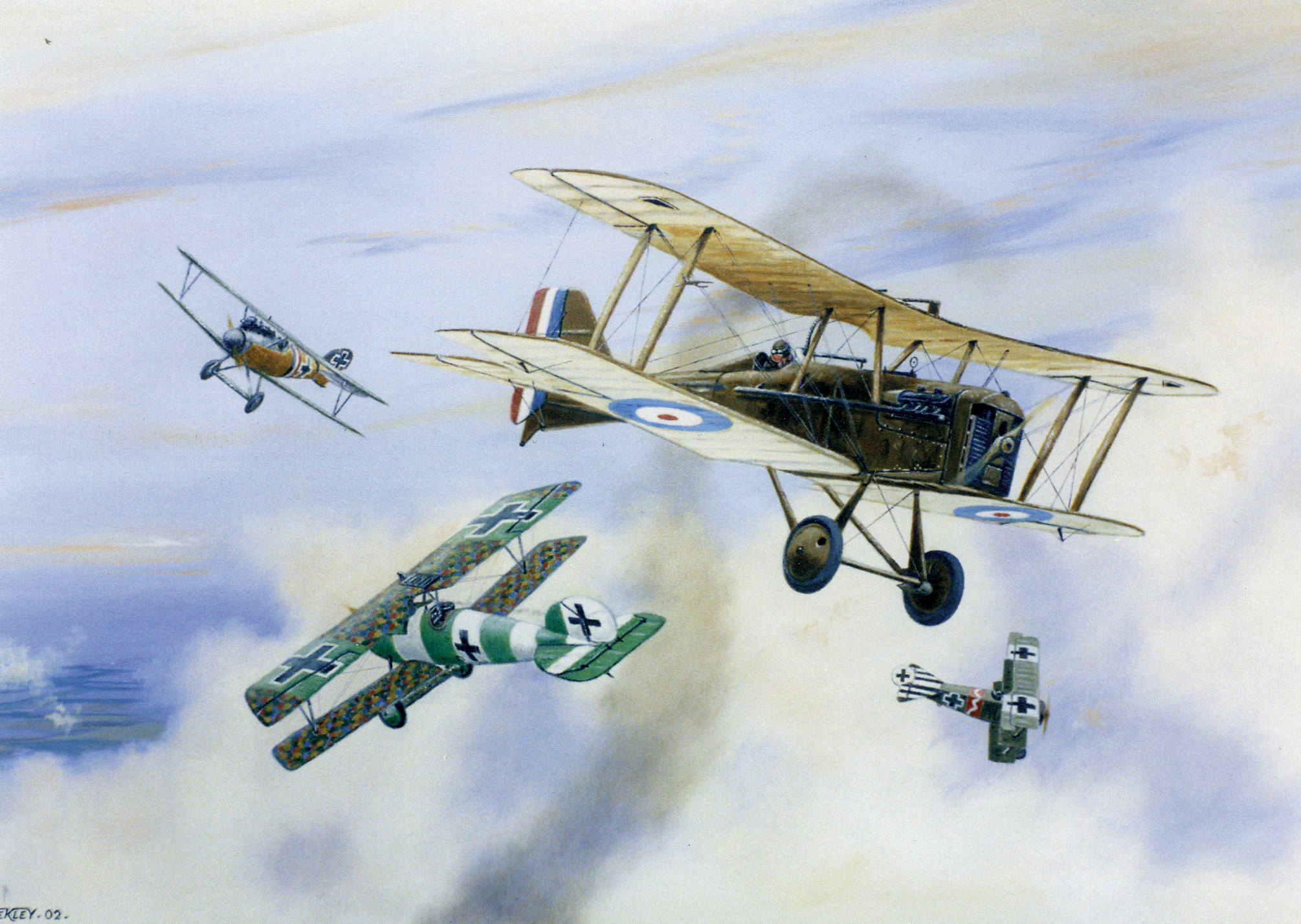
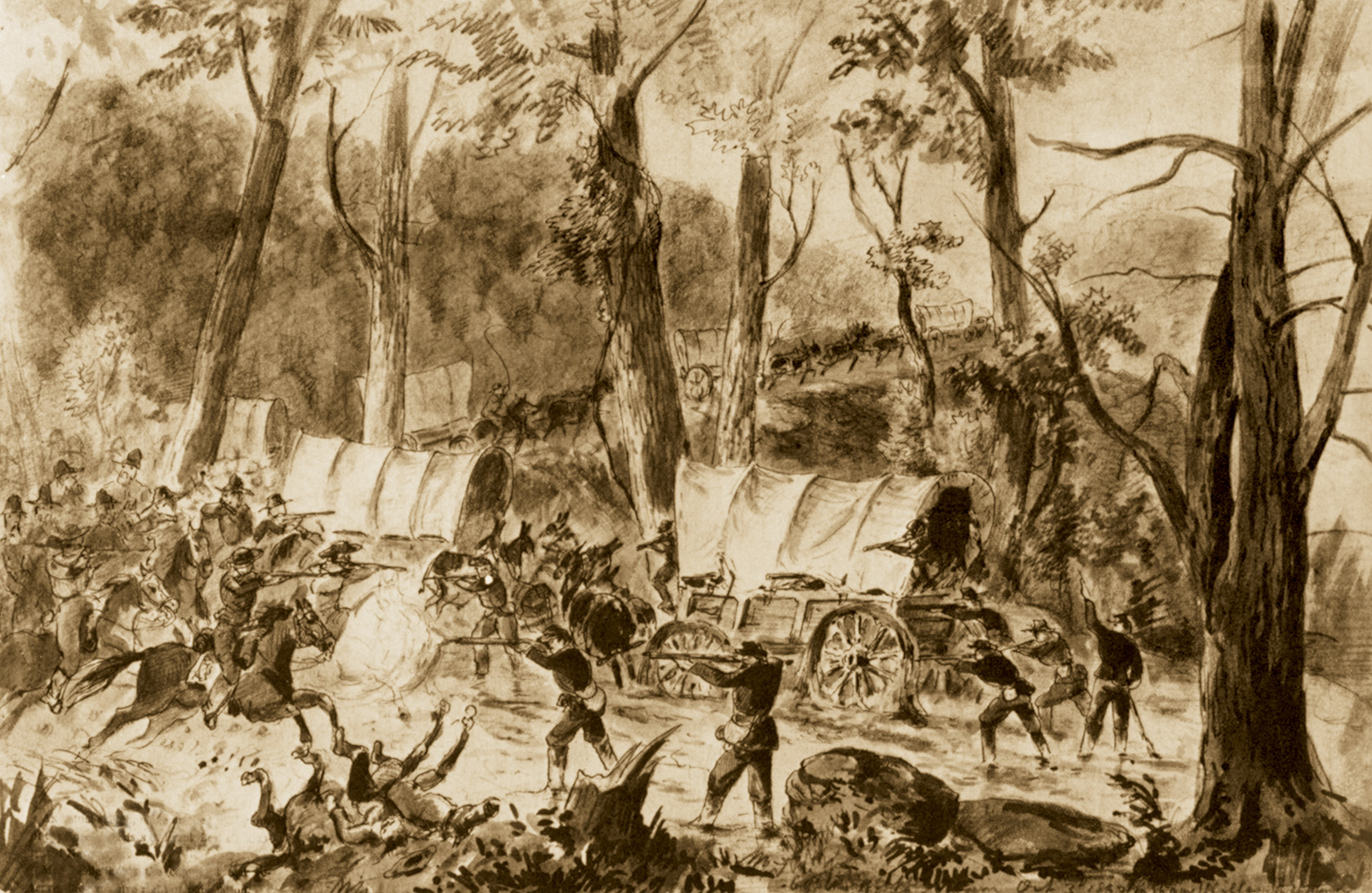
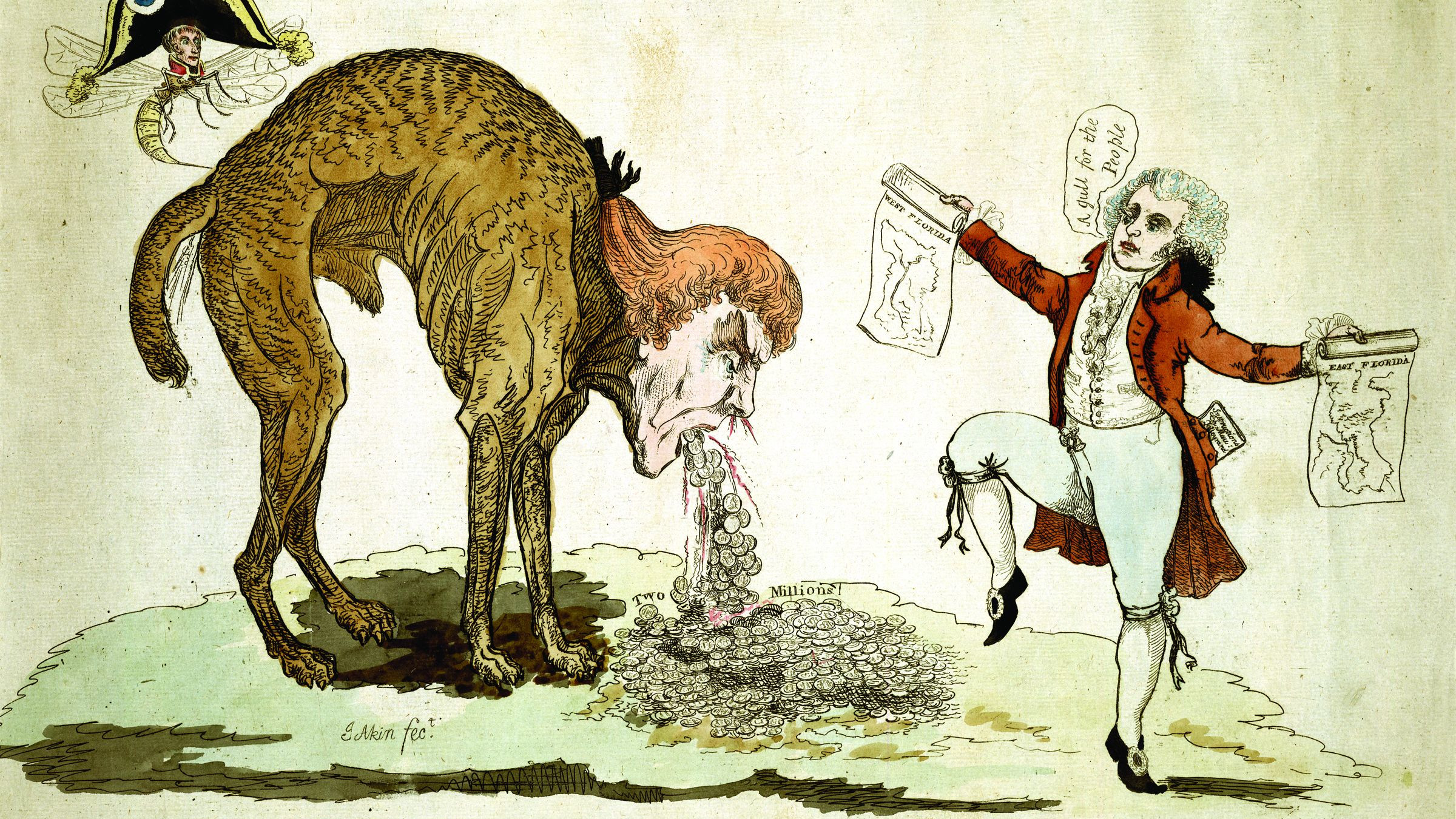
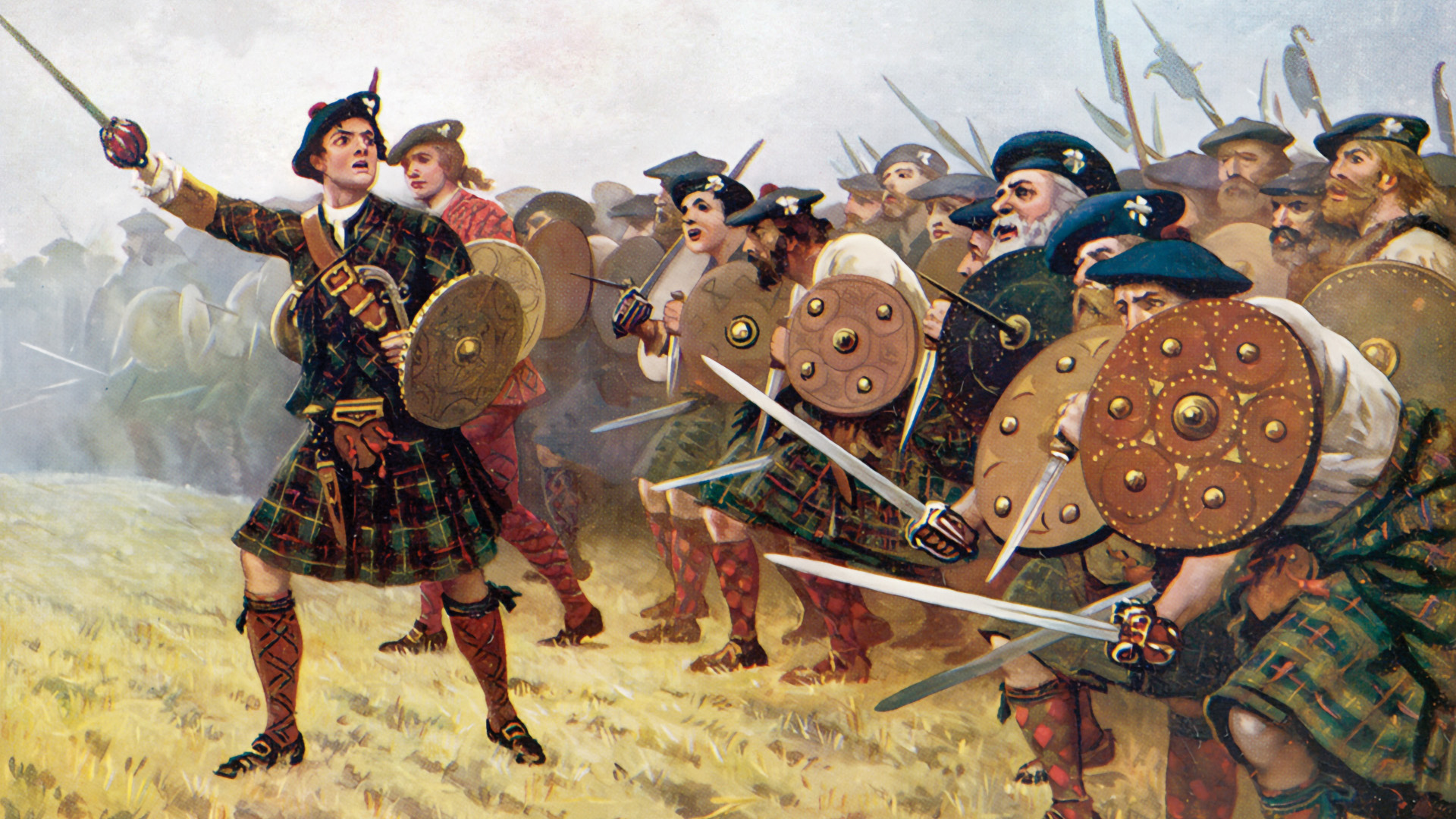
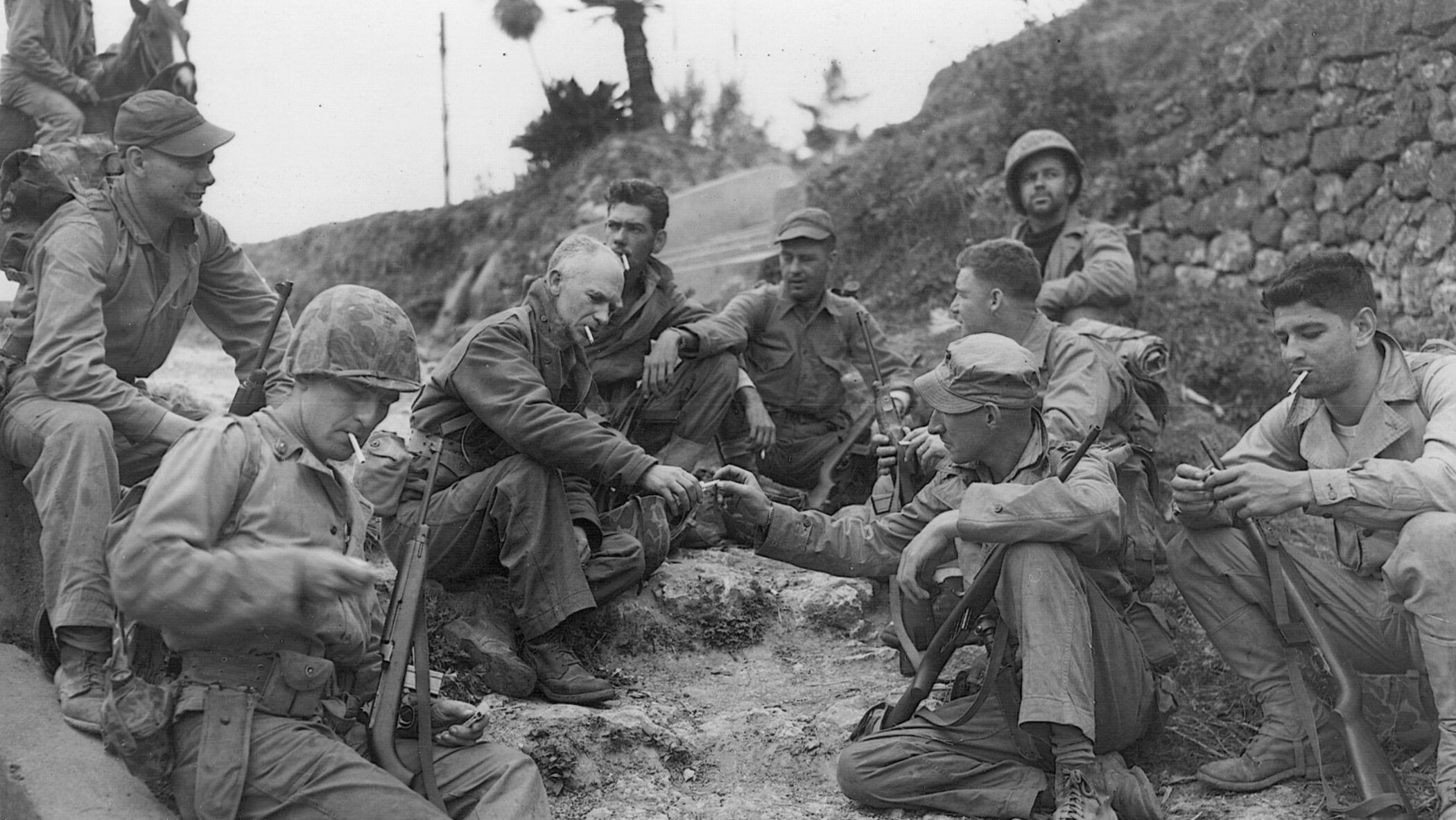
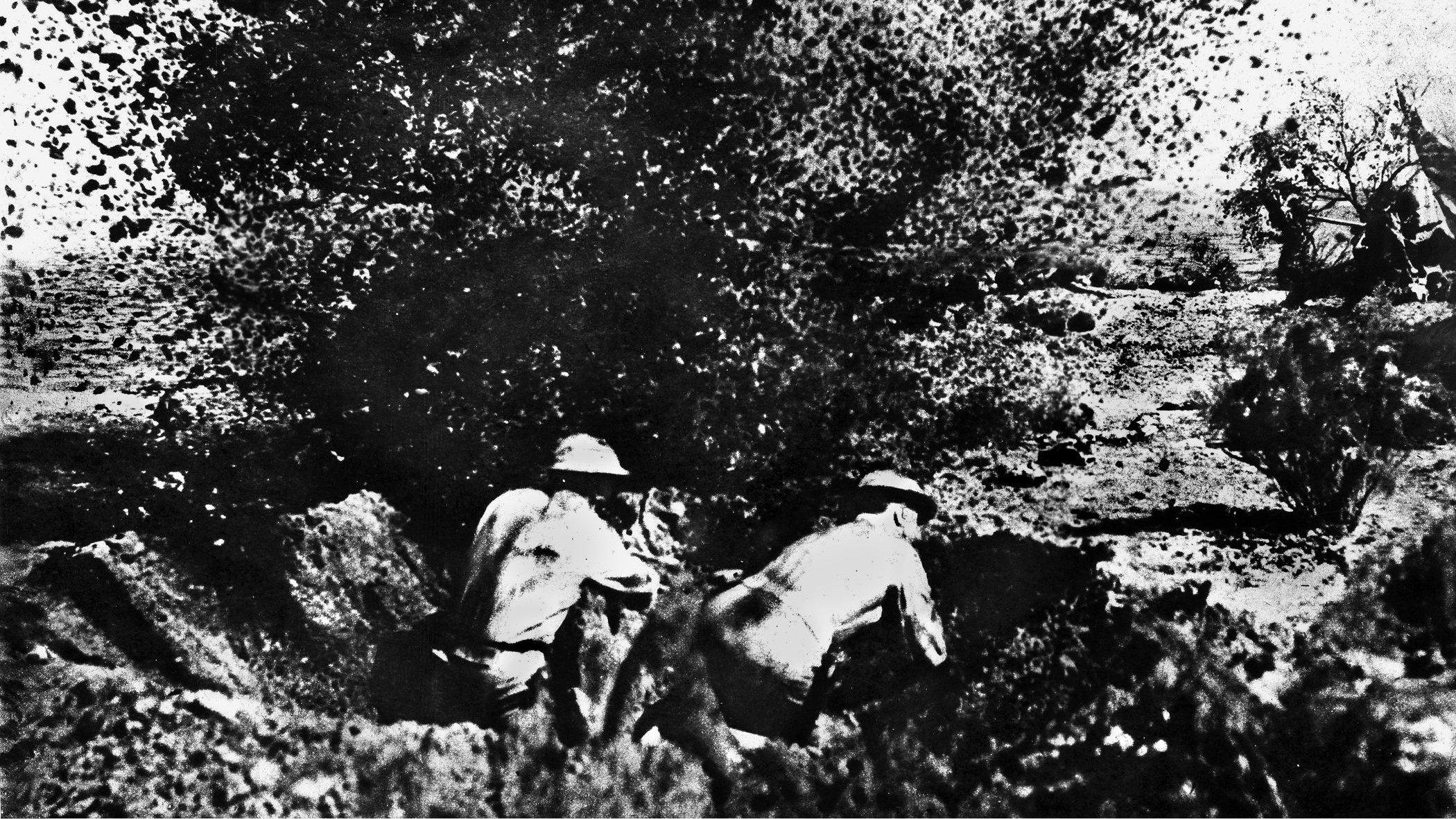
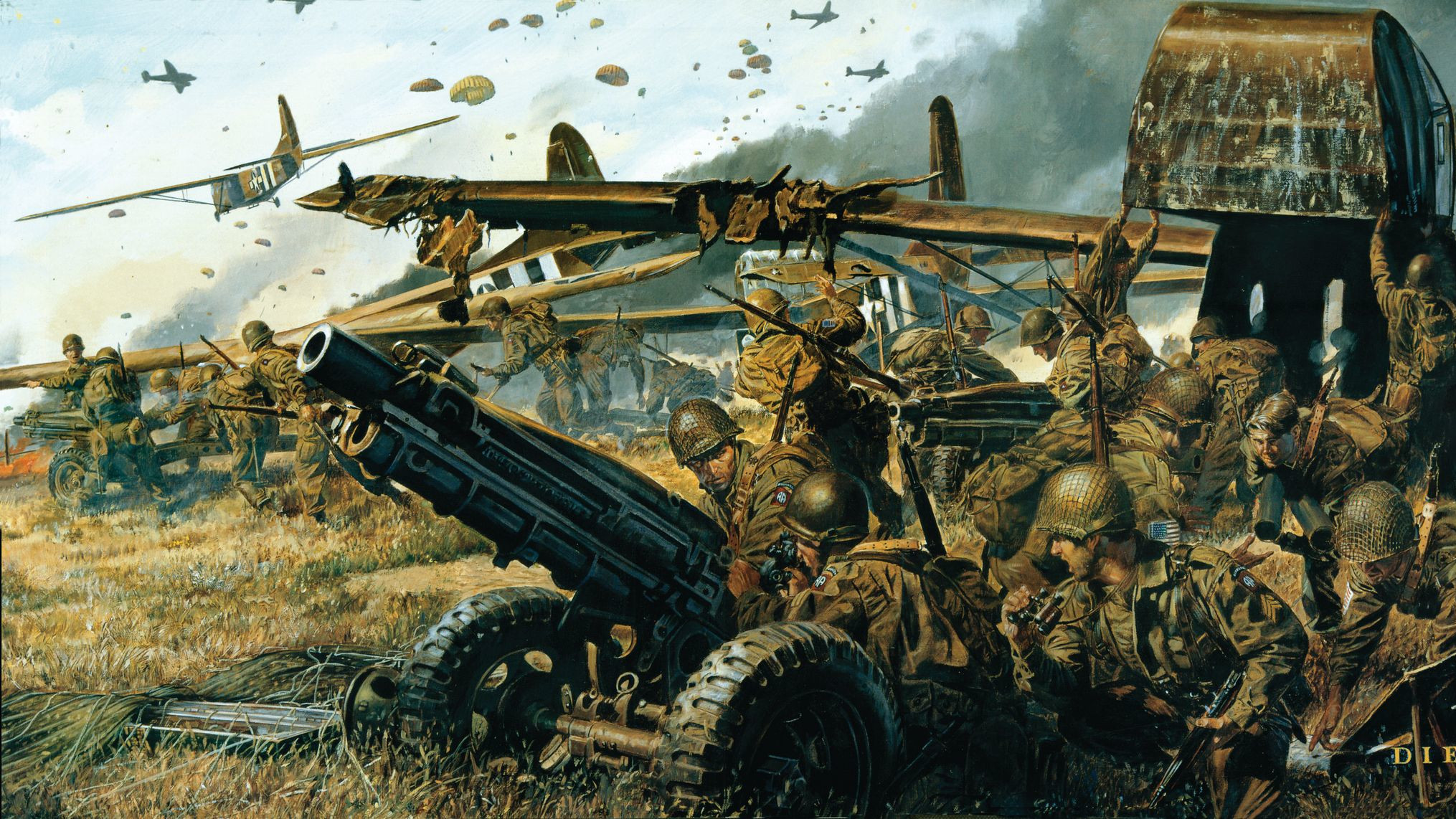
Join The Conversation
Comments
View All Comments